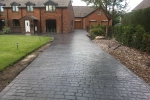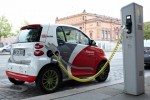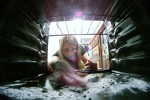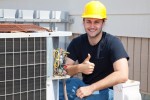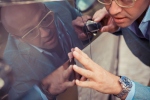Building an energy efficient house is more than just assembling the right materials and putting them together in the proper manner. It requires that the homeowner also assume the responsibility of managing their own activities on a day-to-day basis.
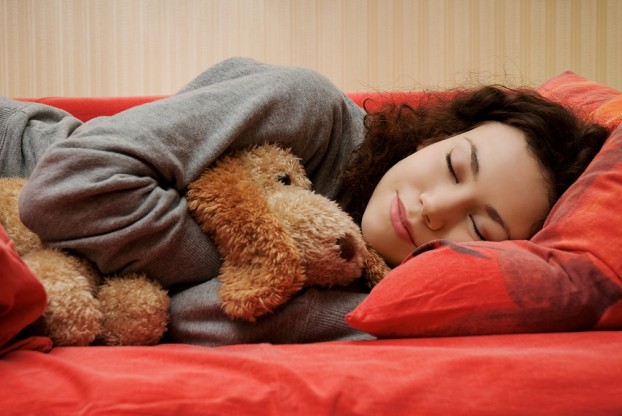
It is not a simple process but it also does not need to be an overly onerous one. Here are some of the basics to help get you started:
Awareness
Every aspect of energy efficiency starts with the awareness of the need by the residents of the home. Without this simple, first step, nothing else can really be accomplished. Everyone must understand the basics as it only takes one person to ruin the efforts of a dozen more. In short, you must guarantee that you and your family are committed to keeping the heat inside.
Insulation
Whether it’s the cold or the heat, the first line of defense in keeping the outside “out” and the inside “in,” is in providing a definitive barrier between the two – also know as insulation. Building your home with the proper “R-value” materials is essential for the long-term efficiency of your home and for the lessening of your overall utility bills.
Windows & Doors
One of the most overlooked places where heat escapes in house is through the doors and windows (and not just when they are open). Improperly installed or replaced windows and doors leave large but unnoticed gaps where external air can infiltrate the interior. The simple expedient of hiring a professional to check and properly seal these areas can result in almost immediate savings of 20-30% of anyone’s utility bills.
High-Efficiency Appliances
Though on the expensive side, high-efficiency appliances can be some of the most money-saving devices around. For instance, just updating a 1990s era hot water heater with an on-demand system can save a homeowner over 30% on their hot water usage in a year and the unit will pay for itself in just under 30 months.
The Roof
Another grave area of concern when it comes to “keeping the heat in” is the roof. As almost anyone can tell you that heat rises. This simple fact means that your utility dollars will rise up out of your house for no good reason if your roof is not adequate to the job. Everything from unrepaired roof shingles to cracked interior ceilings can lead to a poorly insulated roof and that means lost utility dollars to the homeowner.
Orientation
If you are lucky enough to be building a custom home, you can discuss its orientation with your architect. Otherwise, you will have to make do with maximizing the effects on already existing windows and doors. In either case, good use can be made of southern exposures for keeping the winter sun in the house for the longest time possible and strategically placed barriers can keep the worst winter winds from coming into your home.
Good Habits
In the final analysis, the best materials and the best techniques will not amount to a “hill of beans” without considerable care form the people involved. It really is a matter of the getting you and your family into a mindset of energy conservation. Installing the right insulation and high-efficiency appliances are necessary steps but they won’t do any good unless you remember to close those doors and keep the thermostat at a reasonable level.
Keeping the heat inside is about far more than just feeling warm and comfortable. A nice cozy furnace still requires proper maintenance in order for you and your family to keep warm. By embracing energy efficiency, significant improvements in how our homes operate will ensue.
For starters, we must build our homes in a more environmentally sensitive manner. Then, to really achieve results, we must commit ourselves to doing the right things when it comes to the environment. As daunting as this task sounds, it merely means such simple things as keeping the thermostat at a reasonable level, closing the door immediate when we enter or exit our home and building homes that give us a real chance of making a difference.

